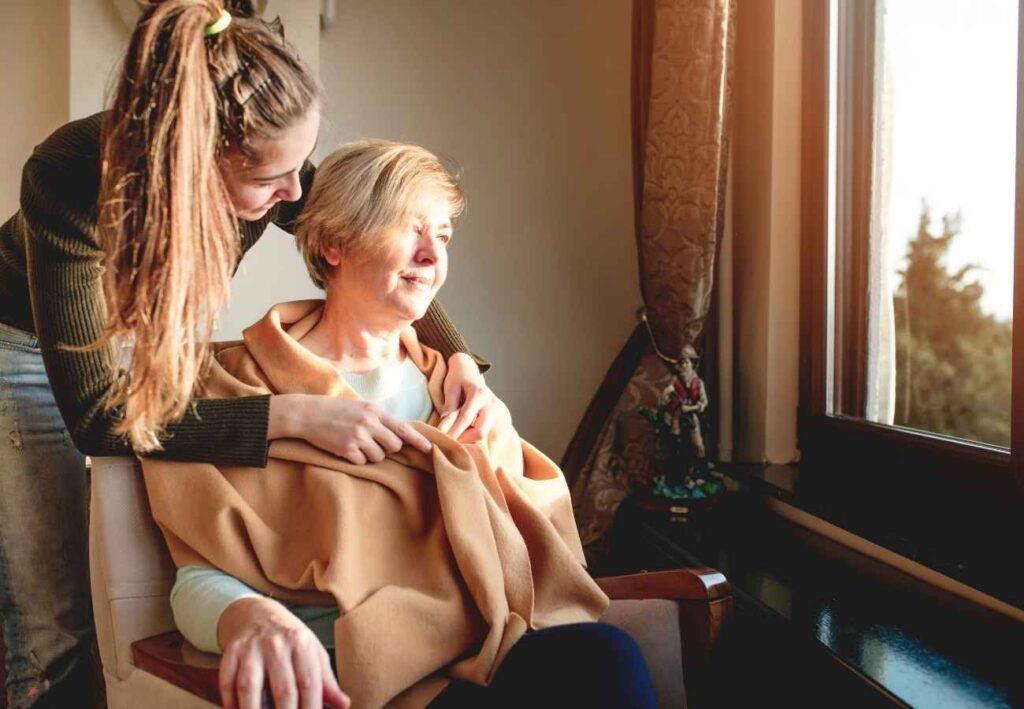Incorporating Technology to Enhance Senior Care Services
In today’s rapidly evolving world, technology has become an indispensable tool in various industries, including senior care services. As the population continues to age, the demand for high-quality senior care has increased, prompting elder care homes in Chehalis and beyond to incorporate innovative technologies to improve the well-being and quality of life of their residents. In this comprehensive guide, we’ll explore the various ways in which technology is being utilized to enhance senior care services, from improved communication and safety measures to personalized health monitoring and entertainment options.
The Evolution of Senior Care Services
Over the years, the landscape of senior care services has undergone a significant transformation, driven largely by advancements in technology. Gone are the days when senior care was limited to basic assistance with daily tasks. Today, elder care homes are leveraging technology to provide a more holistic approach to care, focusing on not just meeting the physical needs of residents but also addressing their emotional, social, and cognitive well-being.
This shift towards a more comprehensive model of care has resulted in improved quality of life for seniors, with personalized care plans tailored to individual needs and preferences. By incorporating technology such as remote monitoring devices and virtual reality therapy, senior care facilities are able to enhance the overall experience for residents and their families.
Benefits of Incorporating Technology in Senior Care
1. Improved Communication
Technology allows for easier and faster communication between seniors, their caregivers, and healthcare providers. It also enables remote monitoring of health conditions, medication reminders, and access to telehealth services for increased convenience and efficiency in senior care.
One of the most significant benefits of technology in senior care is improved communication between residents, their families, and caregivers. With the advent of smartphones, tablets, and other digital devices, residents can easily stay connected with their loved ones through video calls, emails, and social media platforms. This not only helps alleviate feelings of loneliness and isolation but also strengthens the bond between residents and their families.
2. Enhanced Safety Measures
Technology in senior care can include devices like fall detection sensors and emergency response systems, which can provide peace of mind for both seniors and their loved ones. These tools can help prevent accidents and provide quick assistance in emergencies, ultimately improving seniors’ overall safety and well-being.
Safety is a top priority in elder care homes, and technology plays a crucial role in ensuring the well-being of residents. From automated fall detection systems and GPS tracking devices to smart home sensors and surveillance cameras, technology helps caregivers monitor residents’ movements and respond quickly to emergencies. This provides peace of mind to both residents and their families, knowing that help is always just a push of a button away.
3. Personalized Health Monitoring
Technology in senior care allows for personalized health monitoring, which can help track vital signs, medication adherence, and overall well-being. This level of individualized attention can lead to early detection of health issues and more effective treatment plans, ultimately improving the quality of life for seniors. Additionally, technology can provide real-time data to healthcare providers and family members, enabling better communication and coordination of care.
Technology has revolutionized the way health is monitored and managed in elder care homes. Advanced medical devices and wearable sensors allow caregivers to track residents’ vital signs, medication adherence, and activity levels in real time. This data can be analyzed to identify trends, detect early signs of health issues, and adjust care plans accordingly, leading to better resident health outcomes.
4. Cognitive Stimulation and Entertainment
Technology in senior care can provide cognitive stimulation through brain training games and activities that help improve memory and mental acuity. Additionally, it can offer entertainment options such as virtual reality experiences or video calling capabilities to reduce feelings of isolation and loneliness among seniors.
Keeping residents engaged and mentally stimulated is essential for their overall well-being. Technology offers a wide range of interactive games, puzzles, and educational programs designed specifically for seniors. Virtual reality (VR) technology is also used to provide immersive experiences, allowing residents to explore new places, revisit fond memories, and engage in stimulating activities from the comfort of their homes.
Implementing Technology in Elder Care Homes
1. Assessing Needs and Priorities
Before implementing any technology solutions, elder care homes must first assess the needs and priorities of their residents. This involves conducting surveys, interviews, and consultations to understand the preferences and challenges faced by residents and caregivers alike.
Providing the best care for residents includes evaluating the current technology available, identifying areas for improvement, and prioritizing which technologies will have the greatest impact on resident well-being and quality of life. By taking a systematic approach to assessing needs and priorities, elder care homes can ensure that they are making informed decisions about how to integrate technology into their facilities.
2. Selecting the Right Technologies
Once the needs have been identified, elder care homes can begin researching and selecting the appropriate technologies to address those needs. It’s essential to choose user-friendly, intuitive solutions that are tailored to the unique requirements of seniors and easy for caregivers to implement and manage.
Selecting the right technologies for elder care homes involves considering factors such as ease of use, compatibility with existing systems, and cost-effectiveness. It is important to involve staff members and residents in the decision-making process to ensure that the chosen technologies meet their needs and preferences. Additionally, conducting thorough research and seeking input from industry experts can help in making informed decisions about which technologies to implement.
3. Providing Training and Support
Proper training and ongoing support are crucial for successful technology implementation. Caregivers should receive comprehensive training on how to use the technology effectively and troubleshoot any issues that may arise. Additionally, technical support should be readily available to address any questions or concerns from both caregivers and residents.
Proper training and support for staff members are crucial to ensure the successful adoption and utilization of new systems. Additionally, ongoing evaluation and feedback from both residents and staff can help identify areas for improvement and optimize the overall impact of technology in elder care homes.
4. Evaluating and Adapting
Technology is ever-evolving, and elder care homes must continuously evaluate and adapt their technology solutions to meet the changing needs of residents and caregivers. Regular feedback sessions and performance evaluations can help identify areas for improvement and ensure that technology remains an effective tool for enhancing senior care services.
Evaluating and Adopting technology solutions for elder care homes is essential to improve the quality of life for residents and streamline operations. By conducting thorough assessments of current systems and processes, care providers can identify areas where technology can be integrated effectively to enhance care delivery and resident satisfaction. Additionally, ongoing training and support for staff are crucial to ensure the successful implementation and utilization of new technologies in elder care homes.
Conclusion
Incorporating technology into senior care services has the potential to revolutionize the way we care for our ageing population. From improving communication and safety measures to providing personalized health monitoring and entertainment options, technology offers a myriad of benefits for residents and caregivers alike. By embracing innovation and leveraging the power of technology, elder care homes in Fortuna can provide a higher standard of care and enhance the quality of life for their residents in meaningful and impactful ways.
Share this article to:
You May Also Like
Celebrating Daily Joys of Life in Elder Care Home Fortuna
Cherishing Every Moment Through Personalized Elderly Care At First Choice Care Home Fortuna, we believe that life…
Supporting Senior Mobility at Elder Care Home Fortuna
The Foundation of Quality Elderly Care At First Choice Care Home Fortuna, we believe that true elderly…
Caring for Seniors with Dementia – Elder Care Home Fortuna
A Compassionate Approach to Dementia Care in Fortuna Caring for seniors with dementia requires more than just…



